 Blogs
Blogs
Have you ever wondered why certain experiments are done under GLP (good laboratory practices) conditions? GLP is a term that is used frequently in preclinical research, and are a set of guidelines that act as a management control for research laboratories and organizations to ensure the uniformity, consistency, reliability, reproducibility, quality, and integrity of chemicals (including pharmaceuticals) for non-clinical safety tests[1]. Sometimes it’s hard to understand when and why protocols must be done under GLP conditions. In general, GLP conditions must be maintained when an experimental drug or biologic may be used ultimately in humans and will need to be evaluated by regulators like the FDA.
Drugs and biologics in the research pipeline must undergo stringent preclinical toxicology and safety assessments before use in a clinical trial. Most traditional preclinical toxicology screenings include testing in animal models in order to define toxicological and pharmacological parameters that are critical to determining appropriate dosing such as maximum tolerated dose (MTD).
 Blogs
Blogs
Many scientists performing preclinical and clinical research hit a point when they need to have an assay validated. You may have painstakingly developed and perfected a particular assay, but now you must put it through the rigors of validation for it to be considered a “validated assay.” The basic principles of assay validation were described in an earlier blog post, but how do you know you if you need an assay validated? Use these questions as a guide to help you figure out your validation situation and get a little less vexed about validation.
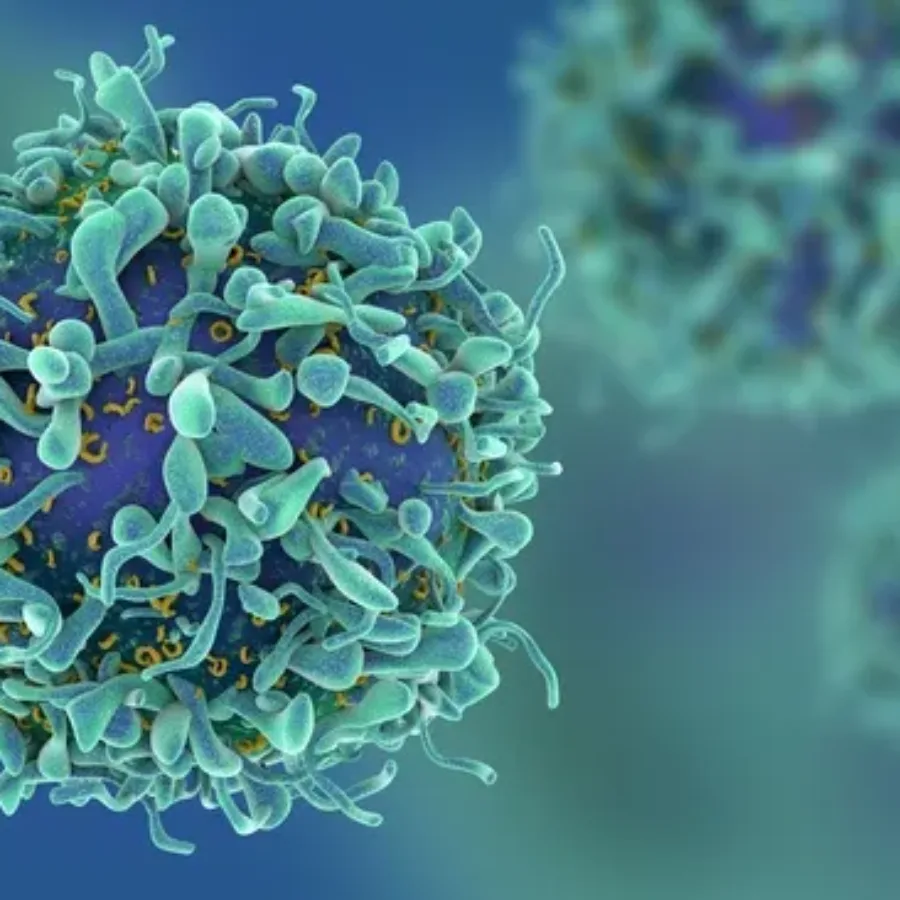 Blogs
Blogs
Many basic and clinical immunology studies that focus on T cells include proliferation assays in order to determine if T cells are capable of proliferating under different in vitro or in vivo conditions. Flow cytometry is the ideal approach for measuring T cell proliferation and a suite of staining products…
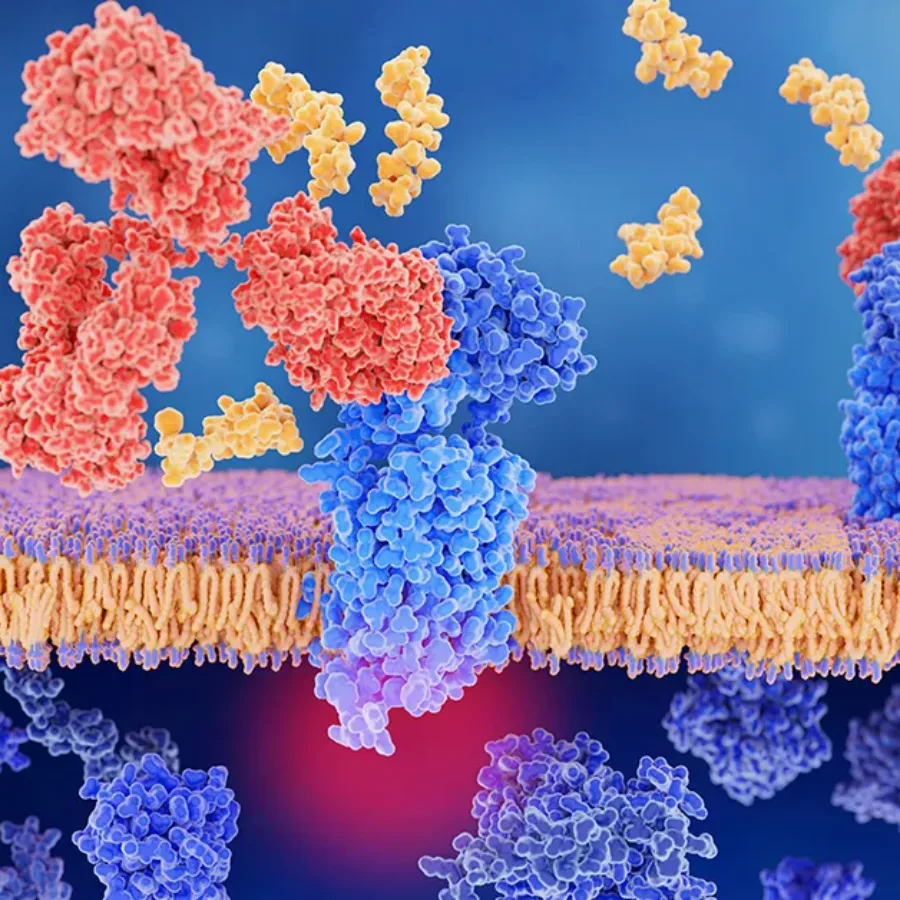 Blogs
Blogs
What are receptor occupancy assays?
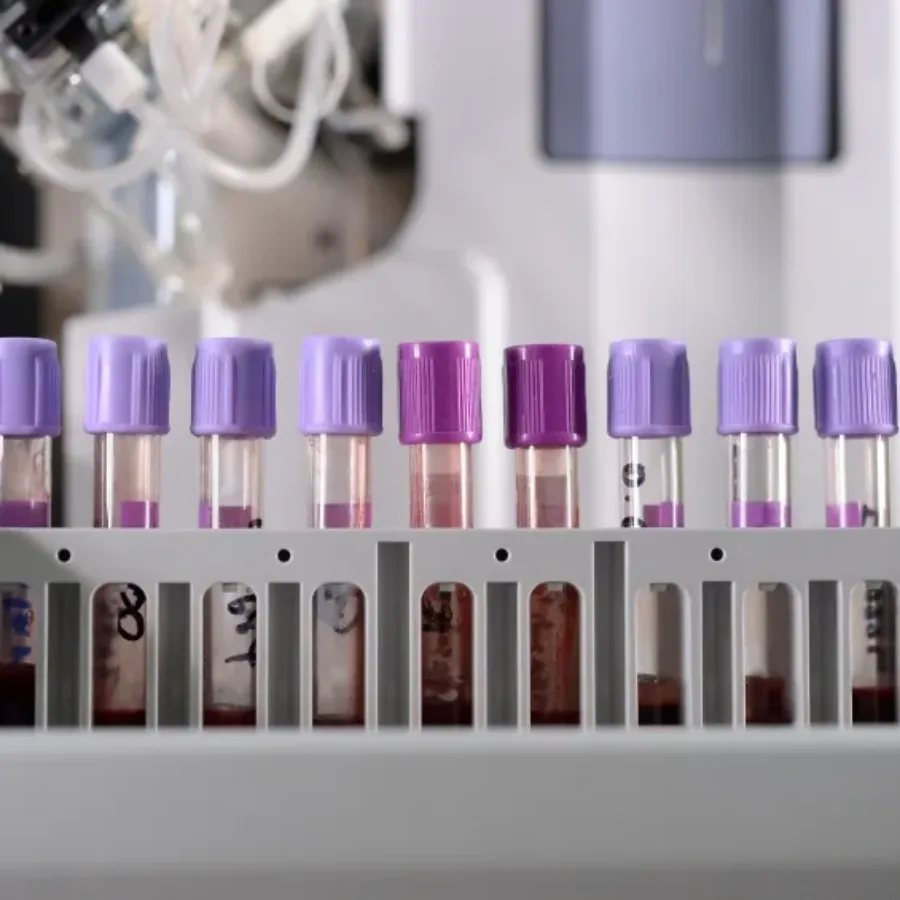 Blogs
Blogs
Flow cytometry is a powerful tool for surveying the cellular landscape during preclinical development of drugs and biologics. But flow cytometry can go beyond immunophenotyping to actual functional measurements that can contribute to understanding the true potential of a therapeutic candidate. To make the most of your flow cytometry studies, consider these other assays as you plan the next phase of preclinical development.
 Blogs
Blogs
Flow cytometry is a powerful technique for characterizing immune responses to vaccines, immunotherapeutic drugs, and other clinical interventions. But many preclinical and clinical studies may take place at sites that are not in the same location as the flow cytometry lab. That’s why it’s critical to determine how clinical specimens should be collected, processed, stored, and shipped to assure that cells will be viable and abundant enough for flow cytometry analysis.
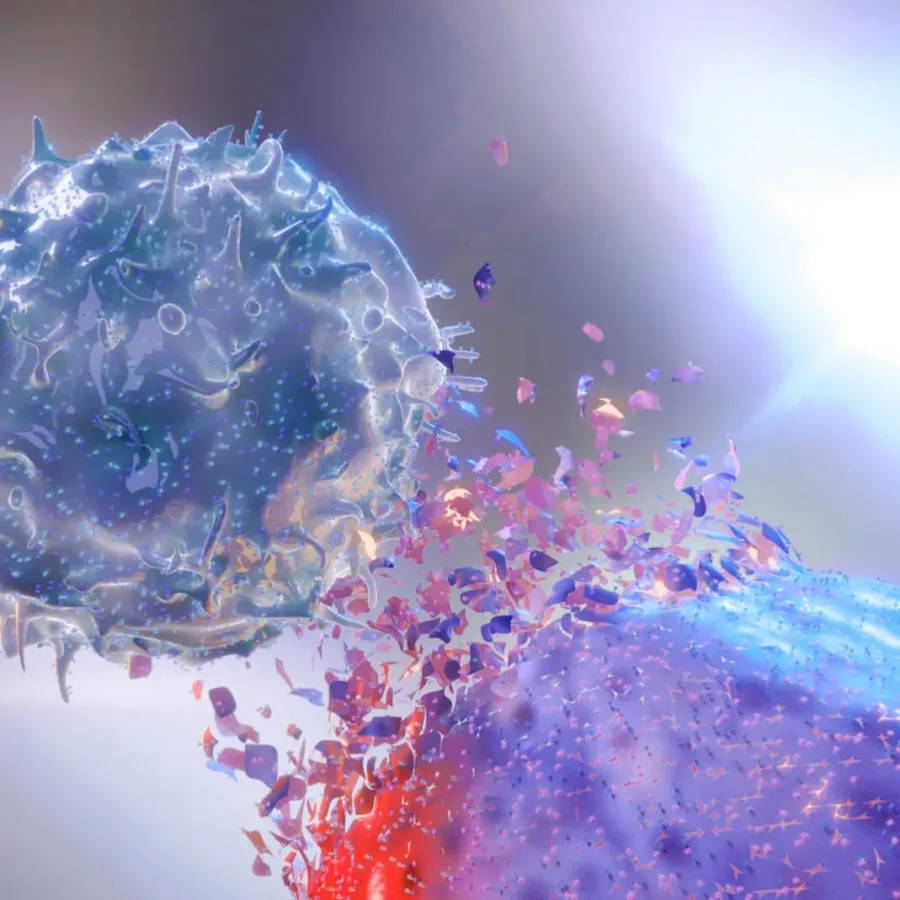 Blogs
Blogs
What is the primary role of Natural Killer (NK) cells? Natural killer (NK) cells are the predominant innate immune cells that mediate anti-tumor and anti-viral responses, and therefore possess good clinical utilization (Abel et al. 2018). Natural killer cells comprise 10–15% of peripheral blood lymphocytes and classically display a half-life of approximately 7–10 days in the circulation (Moretta et al. 2000).
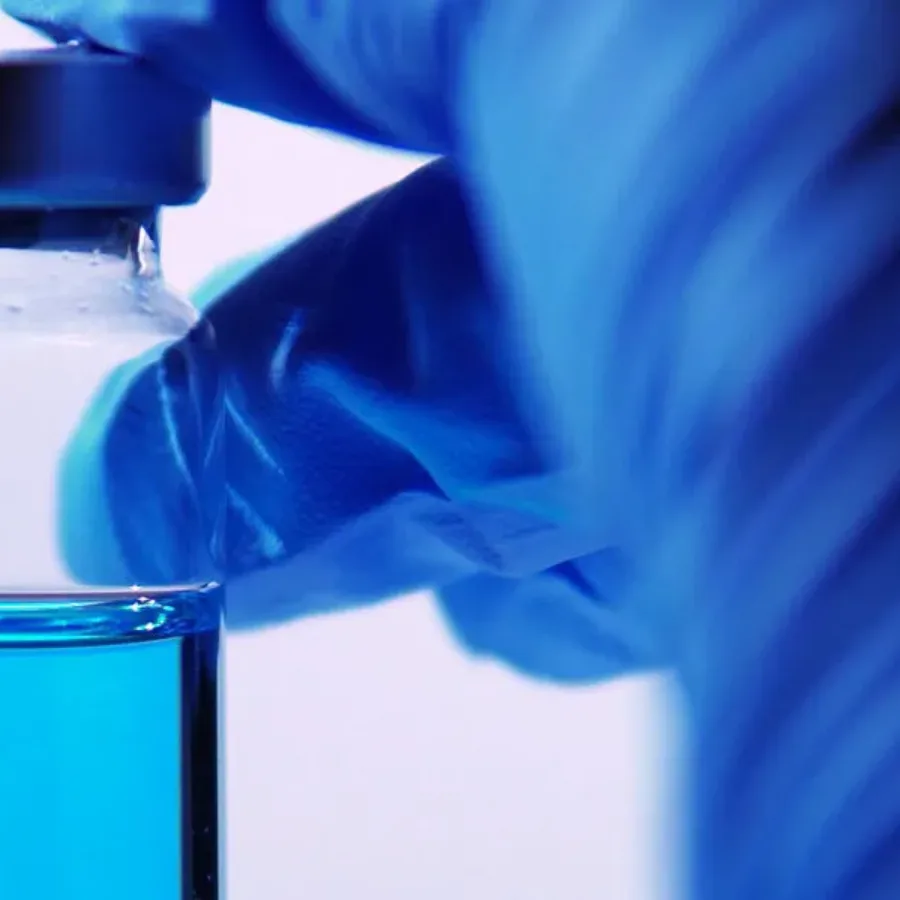 Blogs
Blogs
Although bioanalysis is KCAS’ principal area of expertise, we are always considering how we can build around those capabilities to ensure that we can provide optimal service for our clients. Our current breadth of service enables us to provide a comprehensive approach during non-GLP pre-clinical studies where it is feasible…
 Blogs
Blogs
At KCAS, we work with Director, VP, and C-level pharmaceutical and biotech executives that need to measure their drug or the effect of their drug in biological matrix. Many of our customers rely on…
 Blogs
Blogs
Designing a tissue assay in accordance to the FDA bioanalytical method validation (BMV) guidance involves three key questions. First, can control tissue be easily obtained in bulk quantities or should a surrogate tissue approach be considered? Second, what sample processing procedures should be considered relative to the known stability of…